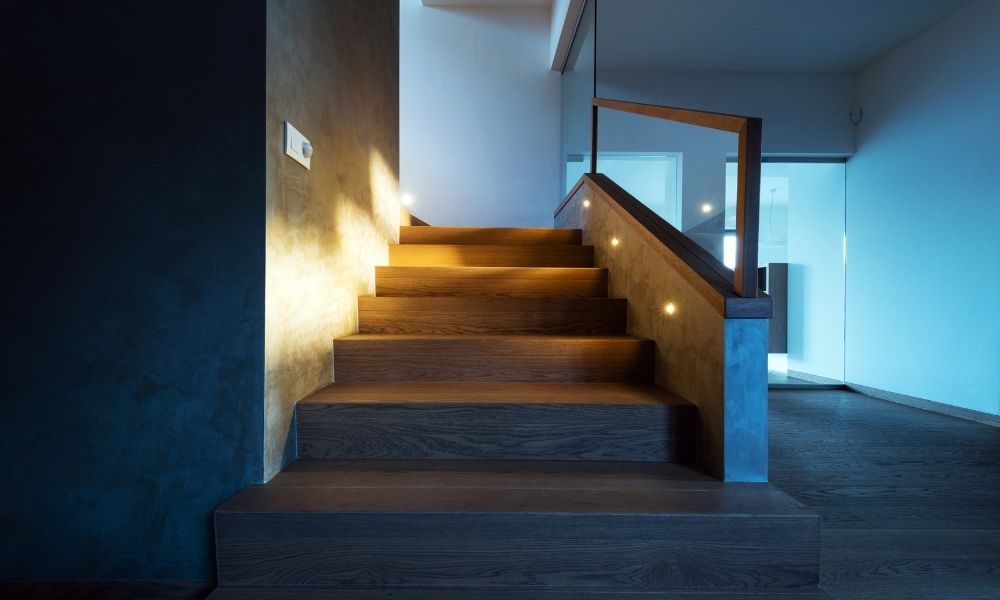As mothers, we want our children to be safe, healthy, and happy. But if they suffer from health conditions, we must do everything we can to help them.
If your child has trouble with hypersensitivity in the house, here are some tips for creating a sensory-sensitive home.
What Is Sensory Processing?
Sight, smell, touch, taste, and hearing: these important senses are how we experience life every day. Up to 16 percent of school-aged children suffer from SPD (sensory processing disorder).
For some, sensory feedback can be overwhelming, and they may have difficulty making sense of their environment—especially if it’s loud or crowded.
This disorder can cause them to experience hypersensitivity to their senses and make specific experiences scary if they don’t receive the proper care. Read on to learn what you can do to reduce their stress levels and make your home a comfortable place for them.
Place Dimming Lights Throughout Home
Placing dimmable lights throughout your home can let you control the light’s strength. On days where their light sensitivity is lower than usual, you can choose to brighten the house a bit more. Having control over your lighting can help your child adapt to different light intensities.
Keep Colors Neutral
Someone living with SPD may find bright colors distracting and stressful. Try to paint the walls of each room with more soothing colors, like gray, cream white, beige, and similar neutrals.
Declutter Your Space
Clutter produces a sense of chaos because there is no order, causing your loved one to feel overwhelmed in that space. Try to go through your home and declutter each room by getting rid of items you no longer need.
Keeping your home clean and organized will calm their visual stimuli and help everyone in the house feel more at ease.
Opt for storage bins or bookcases to ensure a neat and orderly house if you need additional space.
Install Carpet
If your home often makes noises or the washing machine is loud, try installing carpet throughout your house.
Many music producers use carpet in their home studios because the rug is an excellent sound absorber—its fibers and tufts have different frequencies for which they absorb sound.
This can be especially helpful at night when your child is preparing to go to sleep. When they feel calmer, they feel more comfortable going to sleep.
Use Subtle Scents
Certain odors may be too intense for your child and can cause them to feel exasperated. For example, some commercial scents, like room sprays, may be too pungent. Try using subtle aromas throughout the house made of natural ingredients.
Additionally, you may consider purchasing an air purifier for your home—it’s essential to understand why air purifiers are important for your home.
Communicate
The most important thing you can do is talk to your child. Ask them what makes them feel more comfortable and what doesn’t. Communication is critical when making your home safer for your child. Their preferences may change over time, so try to check in with them consistently.
To ease the symptoms of SPD, follow the above tips for creating a sensory-sensitive home. Your child will appreciate it and feel safe and relaxed at home.






